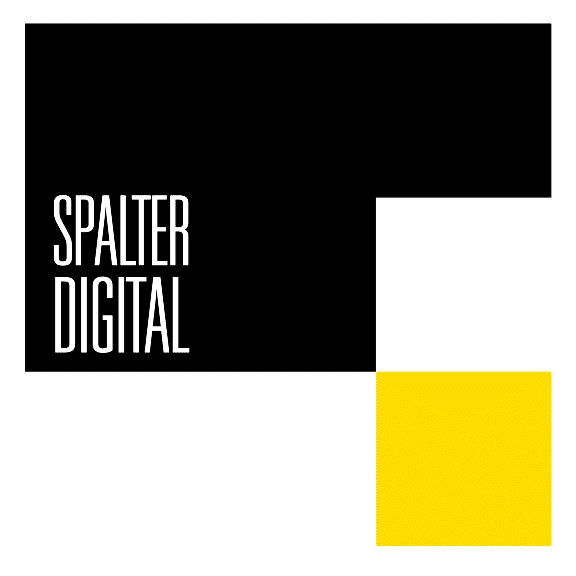Basic Information
Title: Cybernetic Serendipity Trial Poster
Artist(s):
Private: Franciszka and Stefan Themerson
Date Created: 1968
Unframed Dimensions: 30 x 40 in.
Medium: offset lithograph with hand annotations in ink on paper
Inventory ID: Themerson-1968-01
Description
Original color trail poster for Cybernetic Serendipity (1968) with annotations
on verso
One of the most seminal exhibitions marking the genesis of digital art was “Cybernetic Serendipity”, curated by the visionary Jasia Reichardt. Initially presented at the Institute of Contemporary Arts (ICA) in London, the exhibition later traveled to the Corcoran Gallery in the United States in 1968 and 1969. *Cybernetic Serendipity* was groundbreaking in its scope, encompassing all facets of computer-generated art, including visual art, music, poetry, dance, animation, and sculpture.
The exhibition catalogue remains a highly sought-after artifact, reflecting its historical significance. Given its importance, I have acquired multiple copies. Now, I am delighted to share that we have obtained two remarkable pieces directly related to the exhibition:
– The original drawing by Franciszka Themerson for “Cybernetic Serendipity”
– The original color trail poster for the exhibition, featuring printing notations on the verso
According to Robert Murphy, both works were created by Franciszka Themerson, an accomplished artist married to Stefan Themerson. Notably, Franciszka was the aunt of Jasia Reichardt, and she, along with her husband, played a crucial role in ensuring Reichardt’s safe passage out of Poland during World War II.
Reichardt’s contributions to the early development of digital art cannot be overstated. Fortunately, she continues to share her profound intellect and insights, enriching public discourse on art and technology.
Her aunt and uncle, Franciszka and Stefan Themerson, were pioneering experimental filmmakers and artists. They founded *The Common Room* in London, one of the earliest forums dedicated to the intersection of art and science. Additionally, they established “Gaberbocchus Press”, which published works by avant-garde figures such as Kurt Schwitters and Alfred Jarry.


